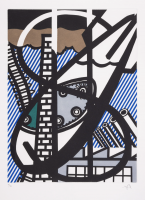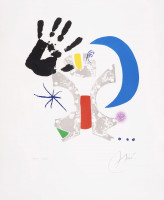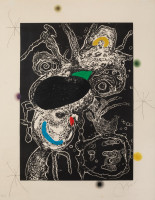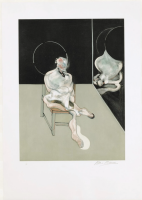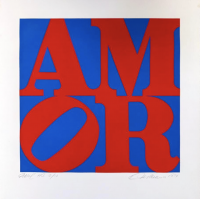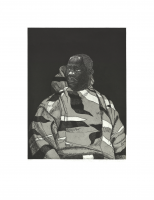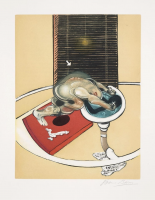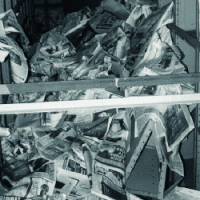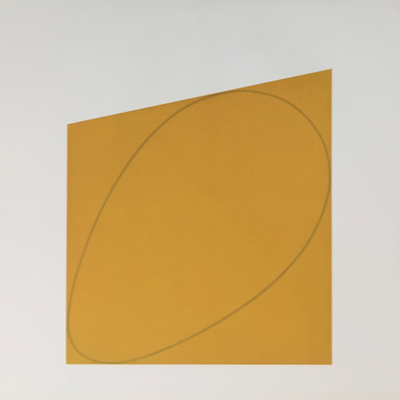
What is Etching and Aquatint?
Etching and aquatint are printmaking techniques. In aquatint, the printing plate is etched with a pattern of tiny pits and cracks to create a wide range of tonal gradations. This technique allows artists to replicate the broad, flat tones found in watercolor paintings and ink washes.
- Show All
- Established
- Discoveries
ARTWORKS RELATED TO ETCHING AND AQUATINT
Roy Lichtenstein
Illustration for 'Une Fenêtre ouverte sur Chicago' (Corlett 271), 1992
Limited Edition Print
Etching and Aquatint
Inquire For Price
Joan Miró
Le Marteau sans maître: one plate, 1976
Limited Edition Print
Etching and Aquatint
USD 4,880
Kerry James Marshall
Untitled (Handsome Young Man), 2010
Limited Edition Print
Etching and Aquatint
USD 20,000 - 25,000
Francis Bacon
L’Homme au Lavabo Figure at a washbasin, 1978
Limited Edition Print
Etching and Aquatint
GBP 19,000 - 23,000
Roy Lichtenstein
Illustration for 'De Denver au Montana, Depart 27 Mai 1972' (I), 1992
Limited Edition Print
Etching and Aquatint
Inquire For Price
Roy Lichtenstein
Illustration for 'De Nouveau au-dessus de Denver', 1992
Limited Edition Print
Etching and Aquatint
USD 13,725
David Hockney
Franco-American Mail (from The Blue Guitar), 1976-77
Limited Edition Print
Etching and Aquatint
Inquire For Price
Howard Hodgkin
David's Pool at Night, 1979-85
Limited Edition Print
Etching and Aquatint
Inquire For Price
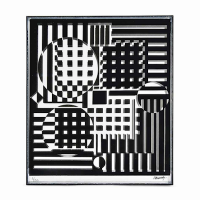
Op Art is a visual art style that uses optical illusions to create the impression of movement, vibrating patterns, flashing, or hidden images. The works are typically abstract, with many well-known pieces in black and white. The roots of Op Art can be traced back to earlier movements like Futurism, Constructivism, Dada, and Neo-Impressionism, particularly in their use of color effects and graphic design.



